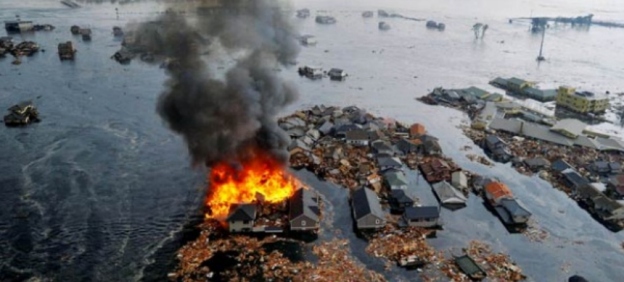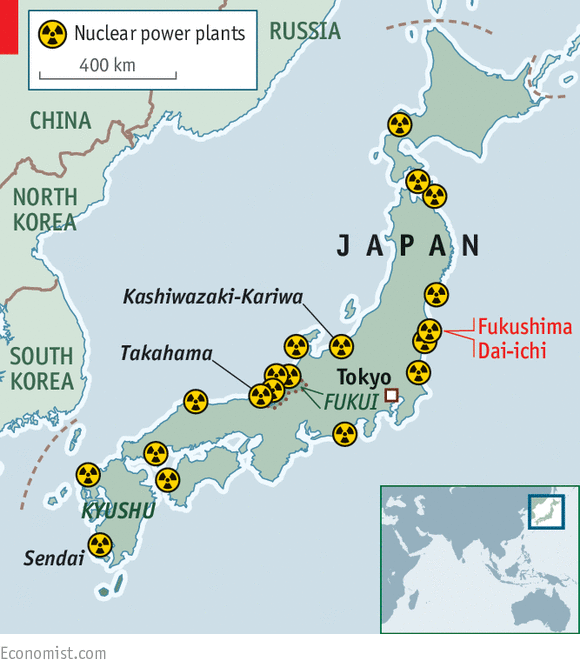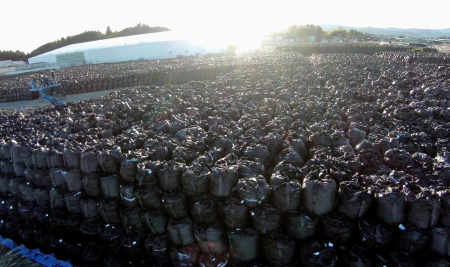A resolution to the crisis at the Fukushima Daiichi nuclear power plant remains a distant goal a decade after three of its reactors melted down. The most challenging part of the cleanup—removing molten nuclear fuel from each reactor—has yet to begin because of high radiation inside the reactor buildings, putting the targeted decommissioning of the plant by 2051 into doubt.
More than 80% of the Japanese public doesn’t feel significant progress is being made and is concerned about further accidents because of recent events. On Feb. 13, 2021 a large earthquake centered near Fukushima, an aftershock of the one 10 years ago, caused water to slosh out of a tank containing spent fuel rods, which must be kept submerged to avoid overheating. A week later, a fish caught off the coast of Fukushima was found to contain 10 times the allowed level of radioactive cesium…This incident shows how risks from the plant continue to weigh on those who live and work nearby.
“We are still struggling with harmful rumors from the nuclear plant accident,” said Tadaaki Sawada, a spokesman for the federation of Fukushima fishery cooperatives. “How many more years will it continue?”…By several measures, the worst nuclear disaster since the Chernobyl accident in 1986 has been contained. Only around 2% of Fukushima prefecture, or state, is still a no-go area, down from 12% immediately after the disaster. An extensive decontamination process removed topsoil from areas around the plant. Still, thousands of people remain forced out of towns closest to the plant.
In 2020, plant operator Tokyo Electric Power Co., known as Tepco, and the government were close to a decision to start releasing into the sea over a million cubic meters of water from the plant, but plans were suspended amid opposition from local fishermen and concerns raised by neighboring countries. Contaminated rain and groundwater is stored in large tanks that dominate one side of the plant site. Once treated to remove most radioactive elements, the water still contains tritium, a form of hydrogen that emits a weak form of radiation. Tritium is regularly released into the sea and air from nuclear plants around the world after dilution.
Inspectors from the International Atomic Energy Agency visited the Fukushima plant in 2020 and said disposal of the treated water into the sea would be in line with international practice. “A decision on the disposition path should be taken urgently” to keep the overall decommissioning on track, the IAEA said.
The most challenging part of the cleanup—removing molten nuclear fuel from each reactor—has yet to begin…Tepco has yet to get a clear picture of the location of molten fuel in the reactors because the levels of radiation are damaging even to robots…Gov. Uchibori said that gaining an accurate grasp of the molten-fuel situation was critical to making headway. “If you look at the entire process, right now we are still around the starting point of decommissioning,” he said.
Excerpts from Alastair Gale Fukushima Nuclear Cleanup Is Just Beginning a Decade After Disaster,








